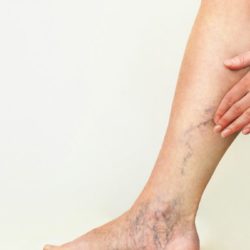6 Stages of Venous Disease, Which Stage Am I?
Nisha Bunke2025-09-04T12:27:16-07:00Venous Reflux Disease is progressive and worsens over time.
 venous disease is progressive and worsens over time.
venous disease is progressive and worsens over time.
Venous reflux disease is also known as venous stasis, chronic venous insufficiency, or venous incompetence. Venous reflux disease refers […]





